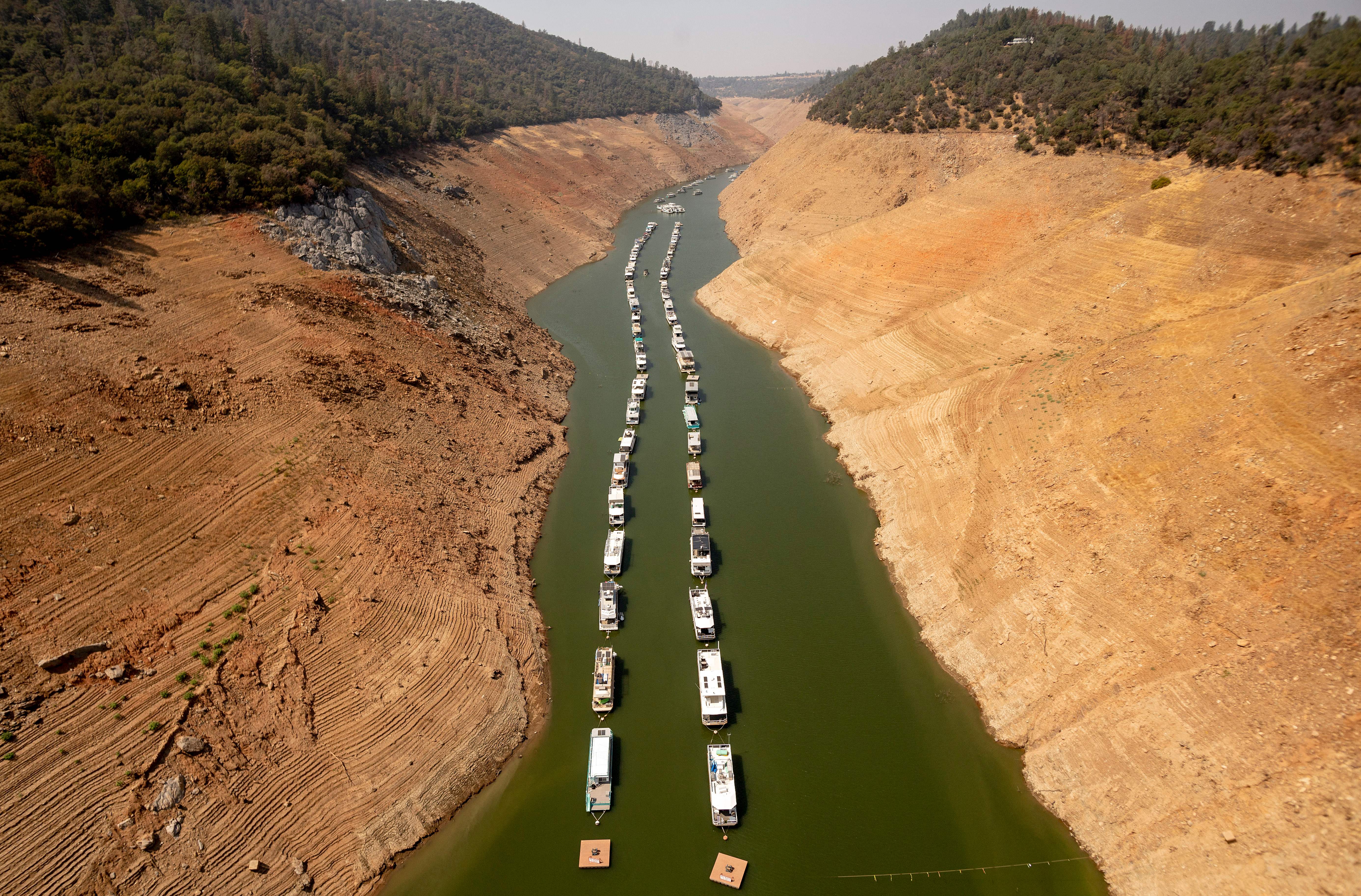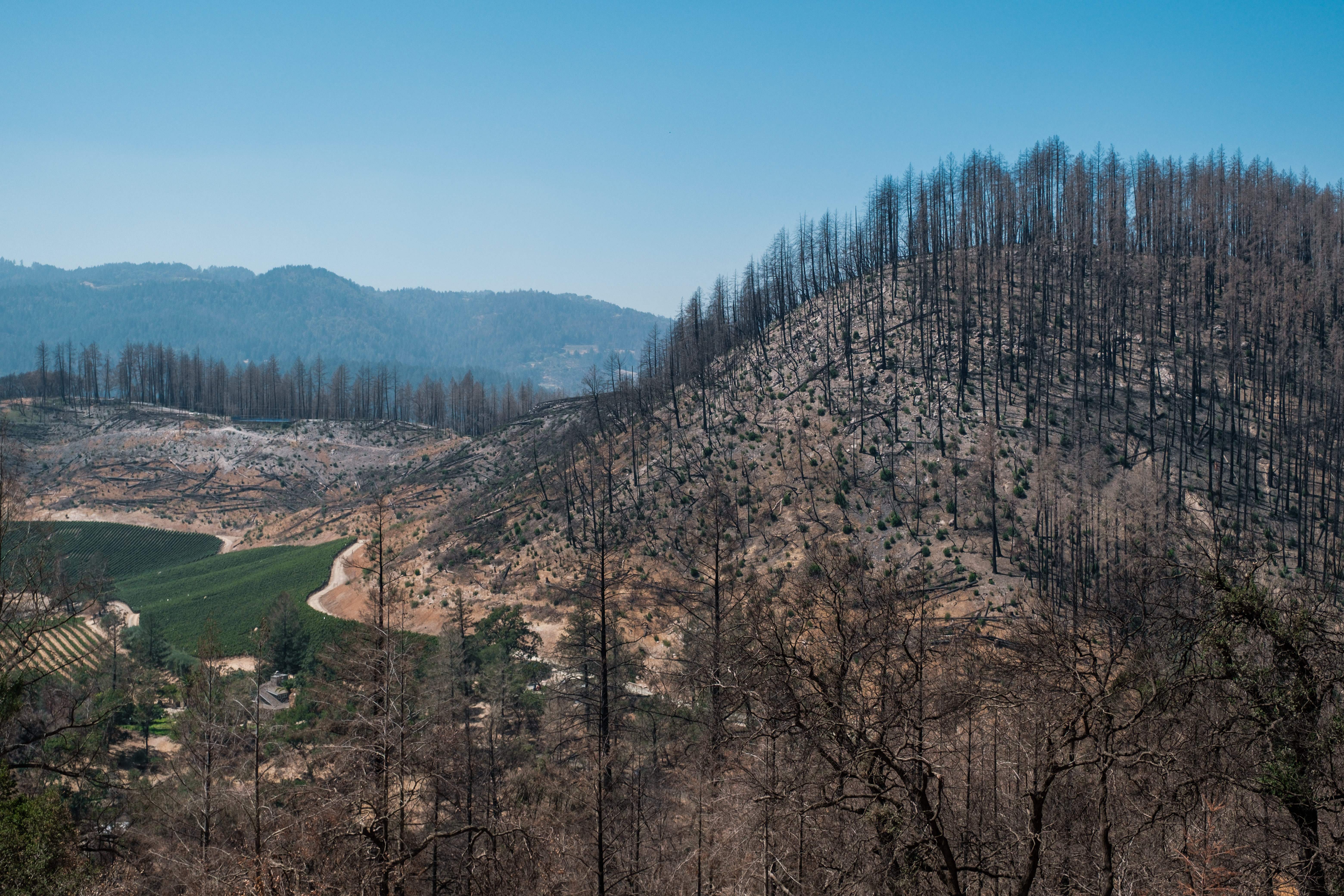Drought in southwest US worst in over a century, induced by climate change, says government report
It also had third-highest daily average temperatures since 1895 between Jan 2020 and Aug 2021

Your support helps us to tell the story
From reproductive rights to climate change to Big Tech, The Independent is on the ground when the story is developing. Whether it's investigating the financials of Elon Musk's pro-Trump PAC or producing our latest documentary, 'The A Word', which shines a light on the American women fighting for reproductive rights, we know how important it is to parse out the facts from the messaging.
At such a critical moment in US history, we need reporters on the ground. Your donation allows us to keep sending journalists to speak to both sides of the story.
The Independent is trusted by Americans across the entire political spectrum. And unlike many other quality news outlets, we choose not to lock Americans out of our reporting and analysis with paywalls. We believe quality journalism should be available to everyone, paid for by those who can afford it.
Your support makes all the difference.Climate change has led to the worst drought on record in the US and rainfall has been at the lowest 20-month level since 1895 in the region, according to a new government report released on Tuesday.
Southwest US, including the states of Arizona, Utah, Colorado, New Mexico, Nevada, and California, received the “lowest total precipitation” over the 20-month period from January 2020 through August 2021, according to the National Oceanic and Atmospheric Administration (NOAA) report.
During that period, the southwest also had the third-highest daily average temperatures since 1895.
“The warm temperatures that helped to make this drought so intense and widespread will continue (and increase) until stringent climate mitigation is pursued and regional warming trends are reversed,” the study said.
Several reports and studies have found that this severe drought has led to unprecedented water shortages in western reservoirs, threatening drinking, agricultural, and tribal water supplies. Experts have also highlighted that water scarcity in the region has affected power generation from hydroelectric plants, as well as fishing and recreational activities.
The severe drought is also linked to the massive western wildfire seasons of 2020 and 2021, which were fuelled by the lack of precipitation and surface moisture.
Based on the costs of similar droughts in the past, experts have warned that economic losses due to climate change-induced drought, which won’t be calculable until the event ends, could be around billions of dollars.

Rainfall in the US southwest comes via storms that develop over the Pacific Ocean traveling along the jet stream and making landfall on the western coast, typically in the cool season.
Alternatively, precipitation may come from the north American monsoon — “a wind system that transports moisture from the Pacific Ocean, Gulf of California, and Gulf of Mexico and precipitates from thunderstorms generated over the Four Corners region”. The Four Corners region includes Arizona, Utah, Colorado and New Mexico.
However, successive failures of precipitation seasons have led to a build-up of dry conditions.
“First, the winter storms of 2020 brought below-average precipitation to California and Nevada generating low rainfall amounts and snowpack,” the authors of the study noted in a statement.
They added that a failure of the summer monsoon in 2020 led to the driest summer in history in the southwest, and a dryer-than-normal winter in 2020-21 then led to further precipitation deficits.

High temperatures during the period, “significantly contributed to by climate change”, have caused more woes, the researchers added.
High local temperatures have led to an increase in evaporation of water from soils and vegetation, magnifying the effects of the rainfall deficits, and significantly intensifying the drought. Due to extreme air temperatures, less water in the soil evaporates, and this energy instead goes into heating the lower atmosphere, “further exacerbating the drought and leading to heatwaves”, the experts added.
The researchers called for further studies to assess the influence of key ocean-atmosphere interactions that affect weather and climate variability over the US.
Join our commenting forum
Join thought-provoking conversations, follow other Independent readers and see their replies
Comments